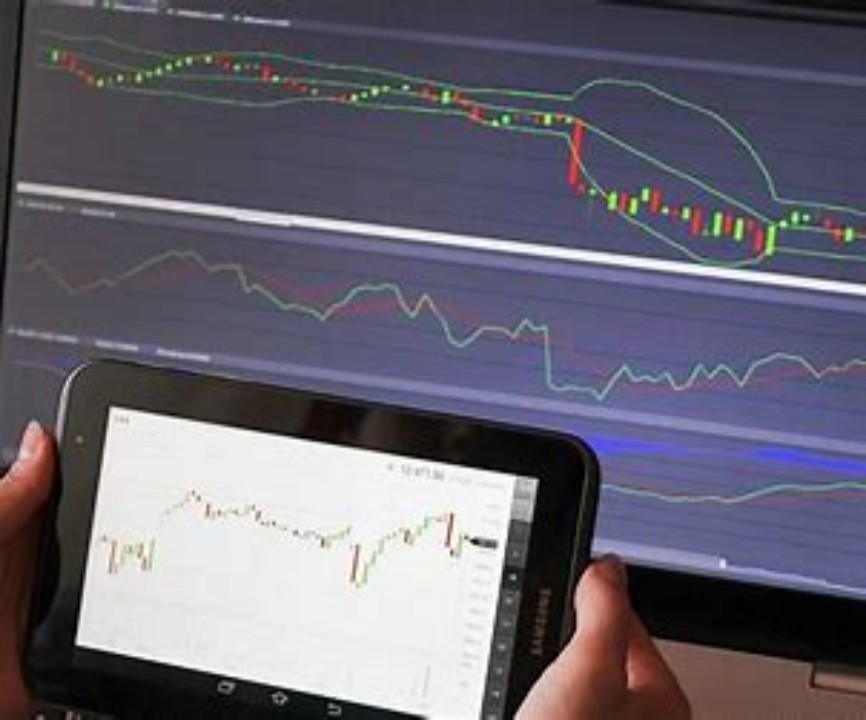Diving into the world of CFD trading, one can’t help but be fascinated by the intricate dance of market dynamics. It’s a realm where numbers, trends, and human emotions intertwine, creating a symphony of financial opportunity and risk. This article aims to unravel some of the mysteries surrounding market dynamics and how they influence CFD trading, without the heavy jargon and stiff formality often associated with finance. Instead, we’ll explore this topic with a touch of personality and a dash of passion, because let’s face it, trading isn’t just about numbers, it’s about the thrill of the chase and the satisfaction of a well-executed strategy.
The Pulse of the Market
Markets (referred to as اسواق in Arabic) are living, breathing entities, constantly evolving and reacting to a myriad of factors. They are the stage where the drama of supply and demand plays out in real-time. Understanding the pulse of the market is crucial for any trader. It’s about recognizing patterns, trends, and the underlying forces that drive these movements. Whether it’s economic indicators, political events, or social trends, the market is always listening and responding.
Market Sentiment: The Unseen Hand
Have you ever walked into a room and felt the mood without a word being spoken? That’s market sentiment. It’s the collective emotion of all market participants, and it can sway the market as much as any hard data. Fear, greed, optimism, and pessimism are all at play here. As a CFD trader, tapping into this unseen hand can give you an edge. It’s about reading the room, so to speak, and making informed decisions based on the emotional climate.
Analysis of CFD Trading: The Art and Science
CFD trading is both an art and a science. It requires a deep understanding of the markets, technical analysis (referred to as تحليل التداول بالعقود مقابل الفروقات in Arabic), and a bit of gut instinct. Traders use a variety of tools to analyze the market, from charts and indicators to algorithmic models that predict future movements. But it’s not just about the tools; it’s about how you use them. It’s about recognizing when to trust the data and when to trust your intuition.
Leverage: A Double-Edged Sword
One of the key features of CFD trading is the ability to trade on margin, which means you can control a larger position than your actual capital allows. This is leverage, and it’s a double-edged sword. It can amplify your profits but also your losses. Understanding how to wield leverage effectively is a critical skill for any CFD trader. It’s about balancing risk and reward, and knowing when to push your luck and when to play it safe.
Risk Management: The Safety Net
No matter how skilled a trader you are, there’s always an element of risk in CFD trading. That’s why risk management is essential. It’s about setting stop-loss orders, diversifying your portfolio, and never investing more than you can afford to lose. It’s your safety net, and it’s there to catch you if things go south.
The Human Factor: Emotions in Trading
Trading isn’t just about cold, hard logic. It’s also about managing your emotions. The fear of missing out, the panic of a plummeting market, the euphoria of a winning streak – these are all emotions that can cloud your judgment if you let them. Learning to keep a level head and not let emotions drive your trading decisions is a skill that takes time to master.
Markets: The Great Equalizer
Markets don’t care about your age, your background, or your experience level. They’re the great equalizer, where everyone has the same opportunity to succeed or fail. It’s a meritocracy of sorts, where the best strategies and the most disciplined traders rise to the top.
The Future of Trading: Adapt or Perish
The world of trading is constantly evolving. New technologies, new markets, and new regulations are always on the horizon. To succeed in the long term, traders must be adaptable, always learning and evolving their strategies. Those who can’t keep up will be left behind.
In conclusion, understanding market dynamics is key to thriving in CFD trading. It’s a complex world filled with challenges and opportunities. By embracing the art and science of trading, managing your emotions, and staying adaptable, you can navigate the ever-changing landscape of the markets and find success in your CFD trading journey.





